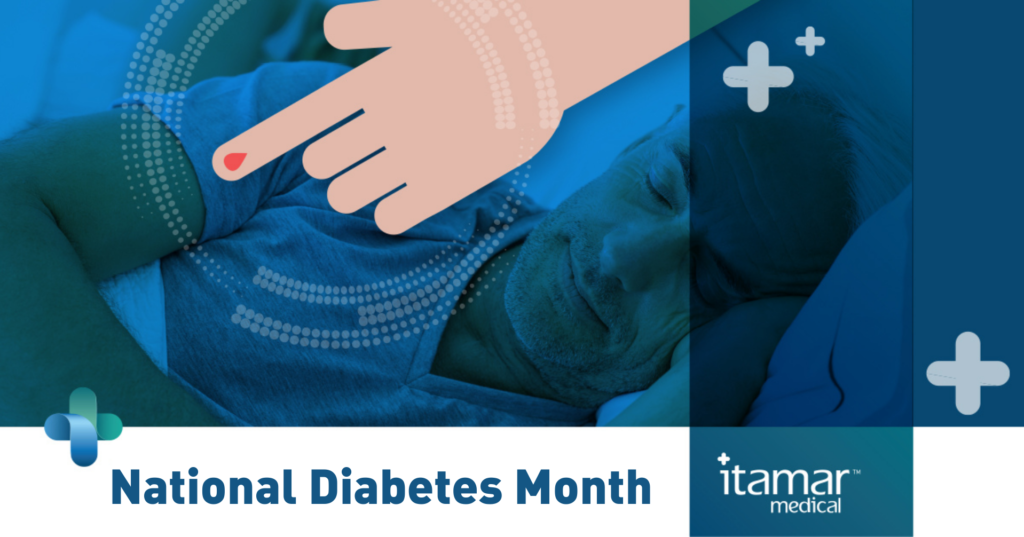
Each year, The American Diabetes Association designates November as American Diabetes Month. This annual campaign lasts throughout the month, and is focused on a number of projects, including raising funds for research, increasing awareness about diabetes, supporting those who already suffer from its affects, and educating those who are potentially at risk for being diagnosed.
As a physician responsible for the diagnosis and treatment of obstructive sleep apnea, or OSA, it’s important to note that Type 2 diabetes can develop due to the effects of OSA. As this study in Diabetes Spectrum summarizes:
Obstructive sleep apnea (OSA) alters glucose metabolism, promotes insulin resistance, and is associated with development of type 2 diabetes. Obesity is a key moderator of the effect of OSA on type 2 diabetes. However, chronic exposure to intermittent hypoxia and other pathophysiological effects of OSA affect glucose metabolism directly, and treatment of OSA can improve glucose homeostasis.
Both potential and active patients need to know that diabetes, just like OSA, can be treated. The possible effects of not doing so include heart disease, stroke, blindness, kidney damage, and lower extremity amputation. Offering to actively screen for OSA could give you the insight needed to make an effective plan for treatment, leading to a successful outcome that reduces the chance of a diabetes diagnosis.
Season effects and the stress of 2020
As we all move toward the holiday season and the winter months ahead, the chances that your patients will consistently make good food choices while taking part in outdoor activities dramatically drops. Knowing that those already suffering from OSA are greatly increasing their risk of becoming diabetic should embolden you to offer guidance, encouragement, and support. These little moments could be all that’s needed to help someone make better choices.
By taking the opportunity to screen patients for OSA with our WatchPAT®home sleep apnea devices, along with educating patients about the potential risks for diabetes early on, you can change the outcomes for many in your care. Impress on them the need to proactively care for themselves, and those that they love. After all, diabetes, just like OSA, is a preventable disease. Reaching out today just might make all the difference in someone’s life.
Learn more about diabetes and how you can help at www.ada.org
Diabetes Spectrum 2016 Feb; 29(1): 14-19
